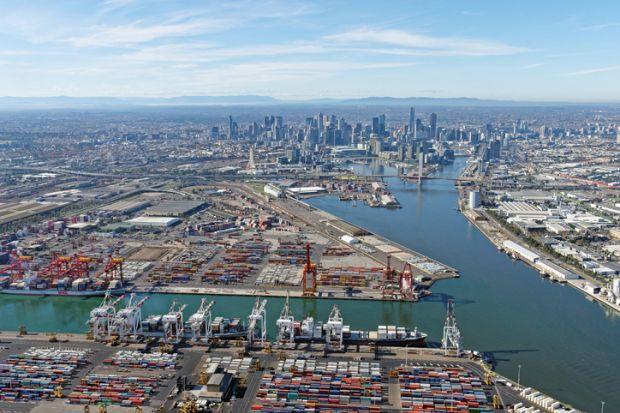Higher education can boost Australia’s diplomatic, trade and investment efforts overseas, the umbrella body for the nation’s universities advises in its submission to a new foreign policy strategy.
Universities Australia also says in its submission to the government’s foreign policy White Paper that nations such as China and Malaysia have been investing in their higher education systems as a way of retaining home students and attracting overseas students, meaning Australia “cannot be complacent”.
The key to the government ensuring Australian universities remain attractive is “higher education and research policy stability and adequate public investment”, says UA.
“Not only is the provision of education to international students an industry in its own right, international education and research provided by our universities is a critical pillar that supports Australia’s diplomatic, trade and investment effort,” it adds.
And UA continues: “International education is Australia’s third largest export industry and the largest services export, contributing A$21.8 billion (£13.6 billion) to the Australian economy in 2016. Of this, international education provided by our universities contributed approximately 67 per cent.”
Among the organisation’s recommendations are that a “whole-of-government brand” be developed for Australia education, and that “consistent and appropriate visa settings” be applied to maintain a “comparative advantage for students and academic staff”.
On competition, UA warns: "Consideration must also be given to the fact that traditional market countries such as China and Malaysia have been investing heavily in their respective education systems – both as a means of retaining students within the system as well as attracting new overseas student markets.
“So while Australia has enjoyed significant ongoing success in attracting international students over the past 10 years, we cannot be complacent. Whole-of-government support and policy flexibility will be central to our ongoing success.”
Belinda Robinson, UA chief executive, said: “With A$3.5 billion in higher education cuts still reflected in the budget, and global competition for international students intensifying, Australia’s continued success is in the balance.
“Universities in our region are investing heavily in their own systems – China is building a university every week – and countries all over the world are setting ambitious international education targets.
“If we want to continue to be in the top three destinations for international students, then our policy, regulatory and funding settings must support that aim.”




